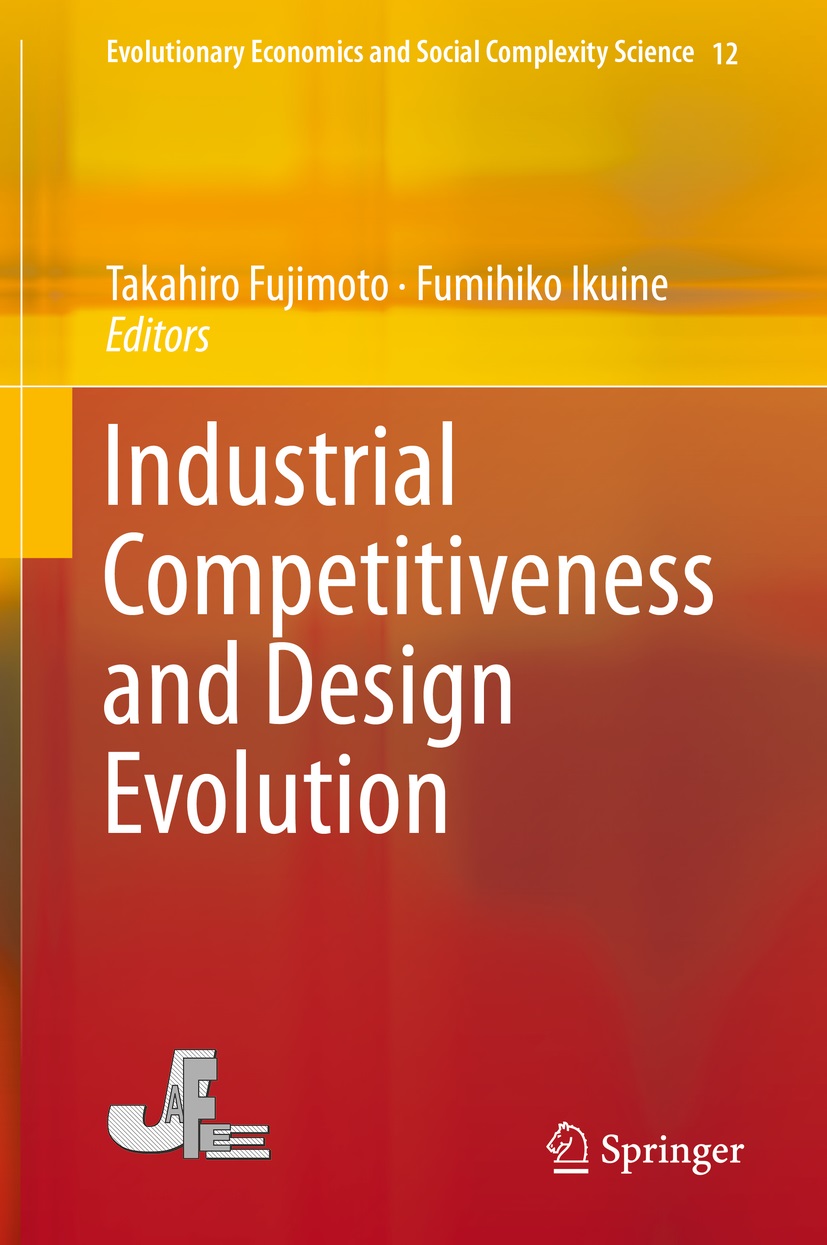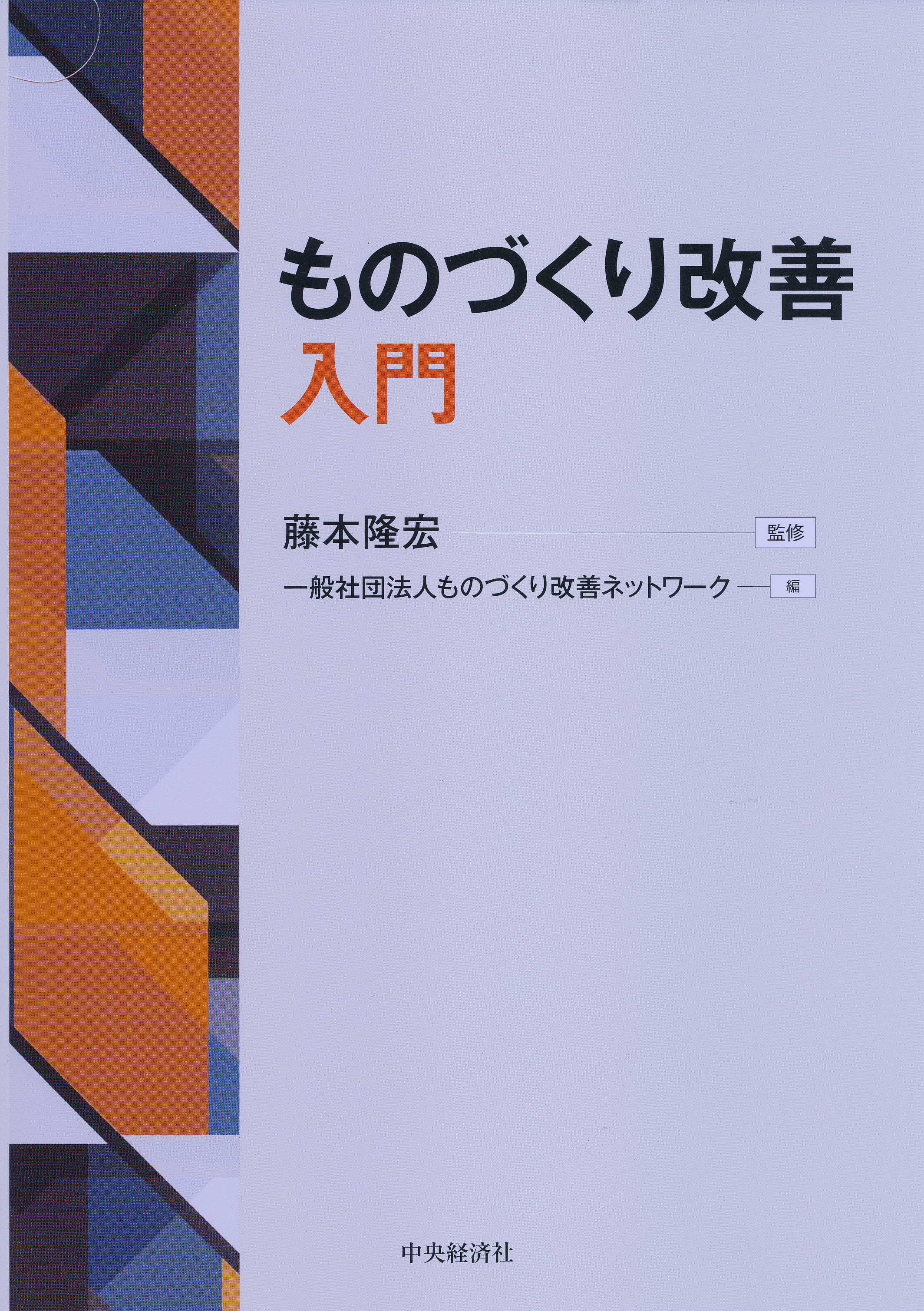
Title
Chikuma Shinsho Monozukuri no Hangeki (Manufacturing Strikes Back)
Size
256 pages, paperback pocket edition
Language
Japanese
Released
January 06, 2016
ISBN
978-4-480-06874-3
Published by
Chikuma Shobo
Book Info
See Book Availability at Library
Japanese Page
This book is for a general audience. It traces its origins back to a September 2016 dialogue held at the University of Tokyo Manufacturing Management Research Center based on a proposal by Takao Nakazawa, a professor at Fukuyama University at the time. Through extensive onsite observations, Mr. Nakazawa has become a leading authority on SME theory. Prof. Junjiro Shintaku of the Center stopped by at just the right time, and the three of us had a discussion and decided to write this book. Chapters 1, 3, 4, 6, and 7 are a discussion among the three of us, while Prof. Shintaku wrote Chapter 2, Prof. Nakazawa, Chapter 5, and Prof. Fujimoto, the Afterword.
Chapter 1 confirms that most Japanese domestic factories have survived nearly 30 years of global cost competition with sites in low-wage developing countries. From both an empirical and theoretical standpoint, it criticizes the theory of the decline of Japanese manufacturing that was popular at the time. In Chapter 2, we use surveys of domestic factories in the so-called weakened Japanese electronics industry to show through data that they have continued building capacity despite 30 years of adversity. In terms of domestic locations competing with overseas manufacturing centers such as China within their own companies, in a variety of matters including productivity, production quality, meeting delivery deadlines, and customer satisfaction, high wages are only a strong cost issue in manufacturing. Moreover, due to wage increases in developing countries and corrections to the high yen, an increasing number of domestic locations are not losing to overseas competition even in terms of manufacturing cost.
Chapter 3 does a somewhat deeper dive into location capability theory and architecture theory. Prof. Nakazawa sharply criticizes the forecasts of the government and others claiming that digitization will cause simple factory work to be automated, stating that such armchair theories lack an understanding of actual manufacturing work. Then Prof. Fujimoto reviews the design theory of competitive advantage to argue that highly versatile leading factories in Japan have export competitiveness in terms of integral types of products. Actual trade data supports this. Prof. Shintaku points out that discussions even in government commissions cannot, in most cases, distinguish between manufacturing technology and production technology (technology that makes added value processes), both of which drive productivity improvements.
Chapter 4 points out the failure of Industry 4.0, put forth by Germany as a domestic SME policy. On the other hand, this chapter also states that Japanese companies should improve business in areas where global standards can be established. In Chapter 5, we survey SMEs in areas impacted by the Great East Japan Earthquake of 2011 to confirm whether there is any slack in their capacity building. Chapter 6 presents an industrial geopolitical argument to suggest that Japan, China, Korea, Taiwan, and others built differing organizational capabilities owing to their respective histories, with Japanese industry being capable of a comparative advantage in complex, integral products. Chapter 7 reviews the history of manufacturing locations before and after World War II to affirm the importance of “good factories” remaining in Japan. Here, we will leave out a description of the Afterword.
Overall, this book is a thorough empirical and theoretical criticism of the middle of the current decade, during which discourse in the Japanese news media, government, and other outlets sank into an emotional pessimism resulting from the global financial crisis, the 2011 earthquake, and the strong yen. Subsequent facts prove our assertions generally correct. At the end of the Heisei period, the Japanese manufacturing industry occupied 20% of the country’s GDP, the highest ratio among the main developed nations, and the sector is actually suffering from a shortage of workers.
(Written by FUJIMOTO Takahiro, Professor, Graduate School of Economics / 2019)



 Find a book
Find a book







